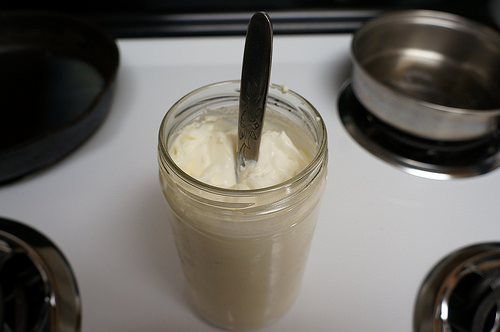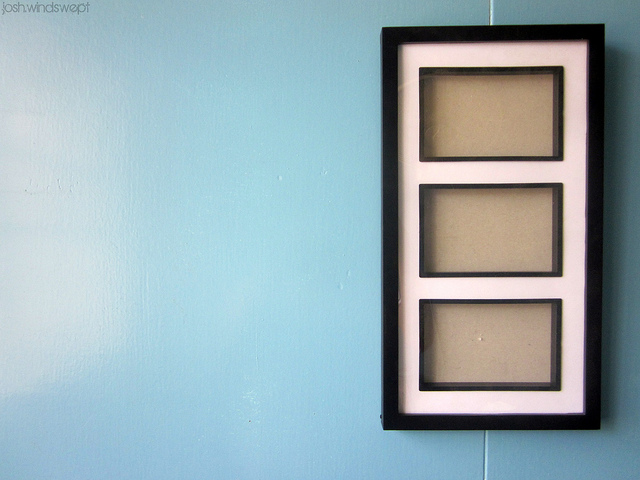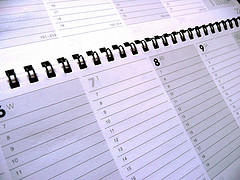Even if mayonnaise isn’t your favorite sandwich topper, you can’t deny that these unique uses for the condiment are downright brilliant! Try one of these new uses for mayonnaise in your home, your car, or even the shower.
- Fix cracks in wood furniture by simply dabbing mayonnaise all over the top, and then using a clean rag to wipe the entire surface. The mayo will stay inside of the crack, and after a few days, its oils will swell the wood and help close the cracked part.
- Create a DIY deep hair conditioner by applying mayo all over your head. Concentrate on the drier parts at the ends and work your way up to the roots, and then leave it on for at least five minutes. When you rinse, you’ll be left with smooth, soft locks.
- Remove the frustrating residue left behind by stickers and other adhesives. Simply rub the spot with mayo and a smooth, dry towel.
- Clean up crayon marks from walls and wood floors by rubbing mayonnaise on the affected area and letting it soak in for a few minutes. Wipe it away with a damp towel and you’ll wipe away the crayon as well.
- Get gum out of your (or your kids’) hair by rubbing the gum with mayonnaise. Once it’s worked in, simply slide the gum down the strands.
10 Unexpected Home Uses for Mayonnaise [Wise Bread]
9 Surprising Uses for Mayonnaise [Rachel Ray Everyday]
11 Home and Beauty Uses for Mayonnaise [Reader’s Digest]




 Equal Housing Opportunity
Equal Housing Opportunity